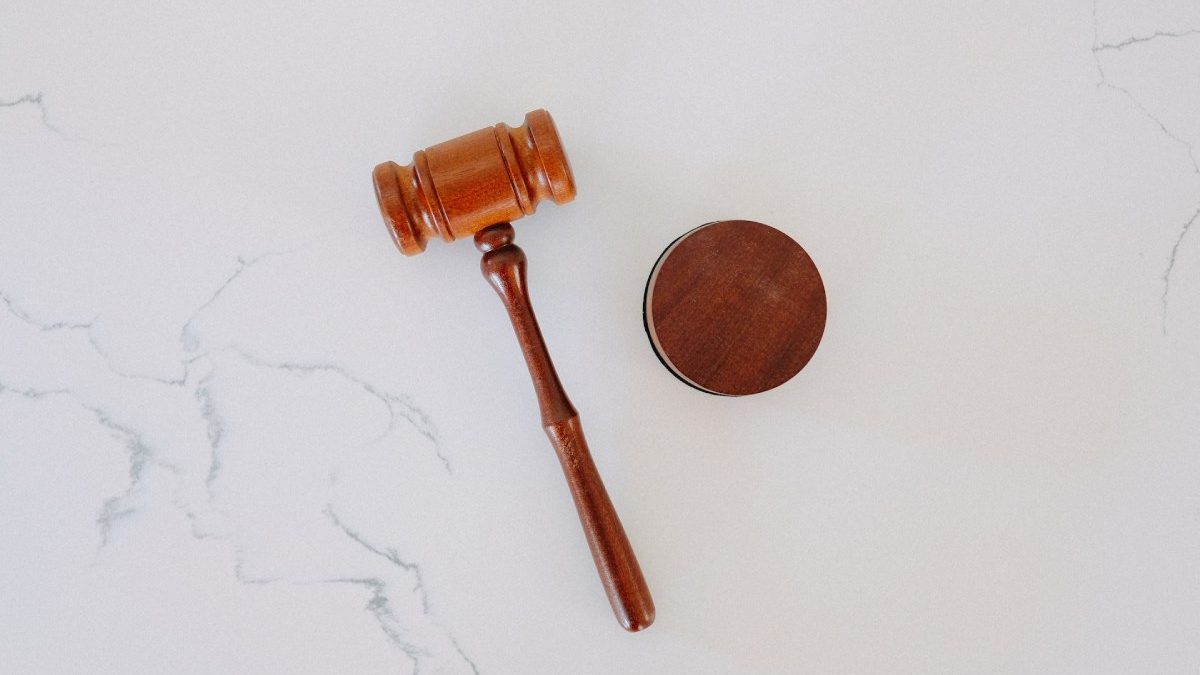The world is increasingly reliant on cutting-edge medical technology. With that, pursuing justice in product liability cases for medical devices is a pressing concern.
As patients trust these devices to enhance their well-being, unforeseen complications can emerge, raising questions about accountability. Have you ever wondered what action is available if a medical device fails to deliver promised results or, worse, causes harm?
In this article, we’ll delve into the intricate landscape of legal recourse in such instances. It will explore the avenues available to those grappling with the aftermath of defective medical devices.
Table of Contents
Understanding Product Liability in Medical Devices
Product liability refers to the legal responsibility of manufacturers, distributors, and sellers for any defects or issues with their products. In the context of medical devices, this encompasses a broad spectrum, ranging from surgical instruments to diagnostic machines.
It’s crucial to recognize three main types of product defects: design, manufacturing, and marketing. Design defects arise when the fundamental blueprint of the device is flawed. Manufacturing defects occur during production, and marketing defects involve inadequate instructions or warnings. Identifying the specific type of defect is pivotal in building a strong case.
Recognizing Harm Caused by Defective Medical Devices
Recognizing harm caused by defective medical devices is pivotal for individuals seeking legal redress. Harm can manifest in various ways, from physical injuries to psychological distress, all of which can significantly impact a person’s quality of life.
Physical harm might include complications from surgeries involving faulty implants or adverse reactions to improperly manufactured devices. Psychological harm can arise from the emotional toll of unexpected health issues and the subsequent impact on daily living.
The Legal Framework for Product Liability
In medical products, manufacturers and distributors are held accountable under product liability laws for any harm caused by their devices. Typically, these laws can be categorized into three groups: negligence, strict liability, and breach of warranty.
Negligence requires demonstrating that the manufacturer or distributor neglected to exercise reasonable care in the design, production, or distribution of the medical device. According to Forbes, if the plaintiff can provide evidence of product liability, they may be able to successfully bring a legal action. They need to prove:
- The accused broke the law.
- The complainant belongs to the class of persons that the legislation was intended to protect.
- The claimant suffered harm.
To be sure and cautious before going this route is also essential. Damages might not be awarded to a plaintiff whose own injury was caused by or greatly exacerbated by their negligent actions. Also, their compensation can be drastically cut as a result.
Strict liability, conversely, doesn’t require proving negligence; it holds the manufacturer liable simply because the product is defective.
Breach of warranty focuses on violations of the expressed or implied assurances regarding the safety and functionality of the medical device.
Types of Defective Medical Devices
Design defects occur when the fundamental blueprint of a medical device is flawed, leading to inherent dangers in its intended use. Manufacturing defects, on the other hand, stem from errors in the production process. It causes individual devices to deviate from the intended design and pose unforeseen risks. Marketing defects involve inadequate instructions, warnings, or failures to disclose potential risks associated with using the device.
Common examples of defective devices include faulty implants, malfunctioning diagnostic equipment, and inadequately tested prosthetics. Surgical instruments with design flaws may lead to complications during medical procedures.
It is recommended that patients, healthcare providers, and consumers report any issues they may have with medical devices. These can be submitted to the FDA via MedWatch and may relate to complications or product issues. The Adverse Event Reporting Program and the FDA Safety Information are another way to accomplish it.
They have the following options for reporting to the FDA via the MedWatch program:
- Finish filling out the MedWatch Online Disclosure Form.
- Fill out the reporting form by downloading it online or by calling 1-800-332-1088. Once completed, send it back to the address in the pre-addressed form.
Recognizing the specific type of defect is crucial when pursuing legal action, as it forms the basis for establishing liability. Understanding the nuances of these defects empowers individuals to navigate the legal landscape effectively and seek justice for the harm caused by defective devices.
Initiating Legal Action
The initial step includes seeking advice from a proficient attorney specializing in product liability. These legal professionals can evaluate the particulars of the case. They can determine the type of defect involved and guide individuals on the most appropriate course of action.
DrugWatch recommends asking specific questions to gain valuable insights when considering an attorney for legal disputes involving medical devices like PowerPort. These questions include assessing the attorney’s familiarity with such cases, their experience handling similar instances, and the number of trials they have undertaken.
Some other relevant questions can be about their success rate in medical device payouts, the expected timeframe, and the typical clientele they represent. By obtaining answers to these questions, individuals can gauge the attorney’s capabilities, approach, and demeanor, ultimately making an informed decision about their legal representation.
Gathering all relevant documentation, including medical records, proof of device purchase, and any communication with healthcare professionals regarding complications, is crucial.
Following this, the lawyer may initiate legal action against the accountable parties, such as the manufacturer or distributor. The legal proceedings might encompass discussions for a settlement or, if required, advancing to a trial.
Compensation and Damages
According to TorHoerman Law, compensation and damages are crucial in seeking justice for individuals affected by defective medical devices. When pursuing legal action, the goal is to secure compensation for the physical, emotional, and financial toll experienced due to the faulty device. This compensation can cover medical expenses, lost wages, pain and suffering, and other related costs.
In certain instances involving medical devices, there may be uncertainties regarding the settlement amount. Cases like the Bard Power Port lawsuits are examples of cases where possessing essential information is crucial to determine the settlement.
The Bard Power Port lawsuits allege that the implanted medical device has been associated with serious complications. The complications include infections, device migration, fractures, catheter issues, thrombosis, pneumothorax, and hematoma.
Plaintiffs claim that Bard, the manufacturer, failed to adequately warn about the potential risks and defects of the Power Port, leading to these issues. These legal actions seek compensation for the physical and emotional damages suffered by individuals who have experienced complications related to Bard Power Port implants.
The Bard Power Port lawsuit settlement amount can vary based on individual circumstances. These factors encompass the degree of harm inflicted, the robustness of the evidence, and the effectiveness of the legal arguments put forth. Hence, comprehending the potential compensation available is crucial for individuals navigating the legal process.
The presence of legal representation can substantially influence the final outcome of a case. Attorneys specializing in product liability can advocate for fair compensation. They ensure that individuals receive the financial support they deserve for the challenges imposed by defective medical devices.
Working with Experts
Attorneys often collaborate with medical professionals, engineers, and other experts to thoroughly assess the technical aspects of the case.
Medical experts can provide insights into the impact of the defective device on an individual’s health, linking specific injuries to the device’s malfunction. Engineers may analyze the design and manufacturing processes, offering expertise on the defect’s occurrence and implications.
These experts are pivotal in presenting a compelling argument in court, providing authoritative opinions that strengthen the case.
To Conclude
Initiating legal action requires diligence, expert support, and a thorough grasp of the specific harm caused. Compensation and damages seek to alleviate the financial and emotional toll on those affected. Working with experts, be they medical professionals or engineers, strengthens the case, providing clarity in court.
Pursuing legal action in product liability cases empowers individuals to hold accountable those responsible for the shortcomings of these devices.


